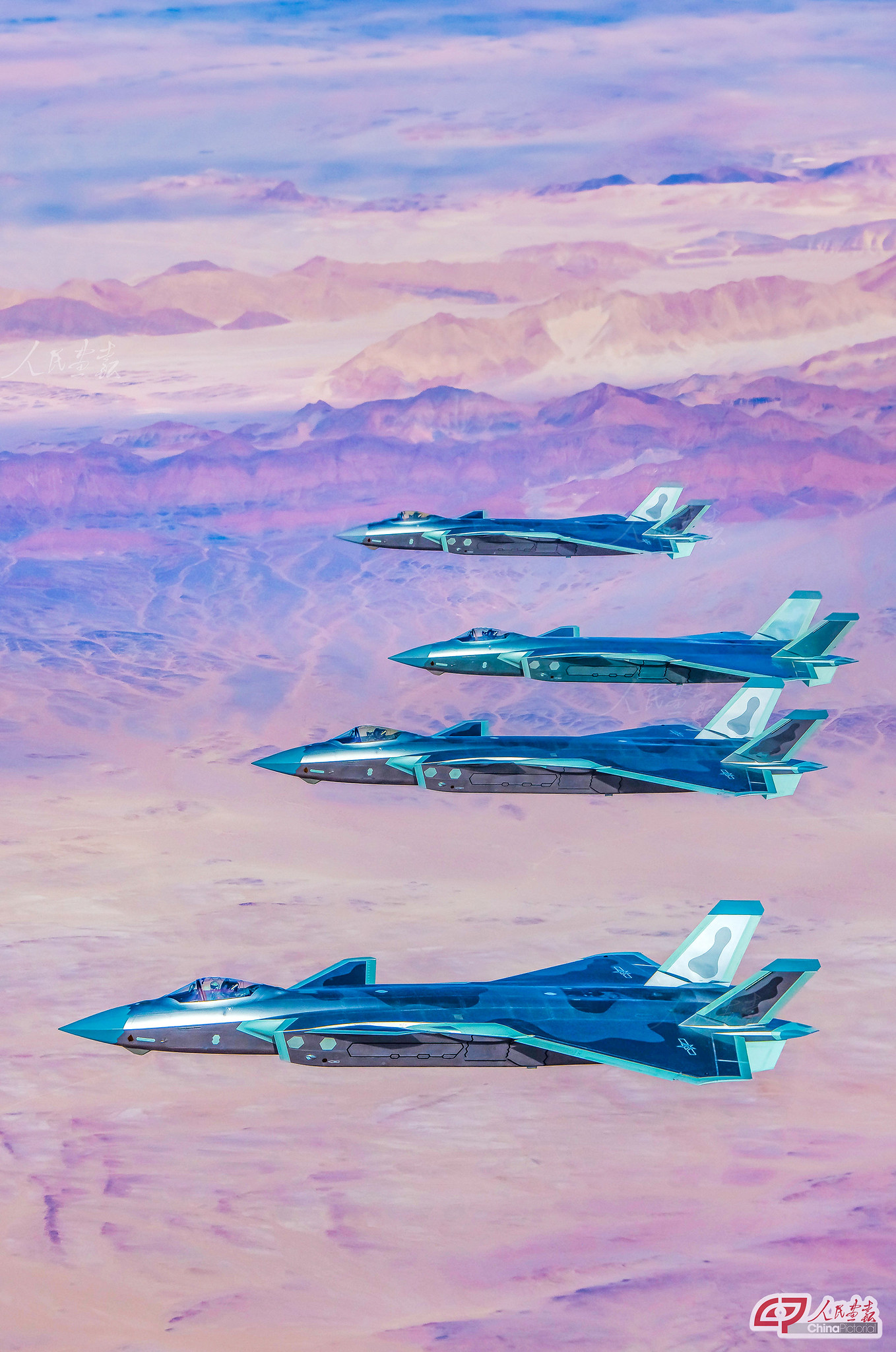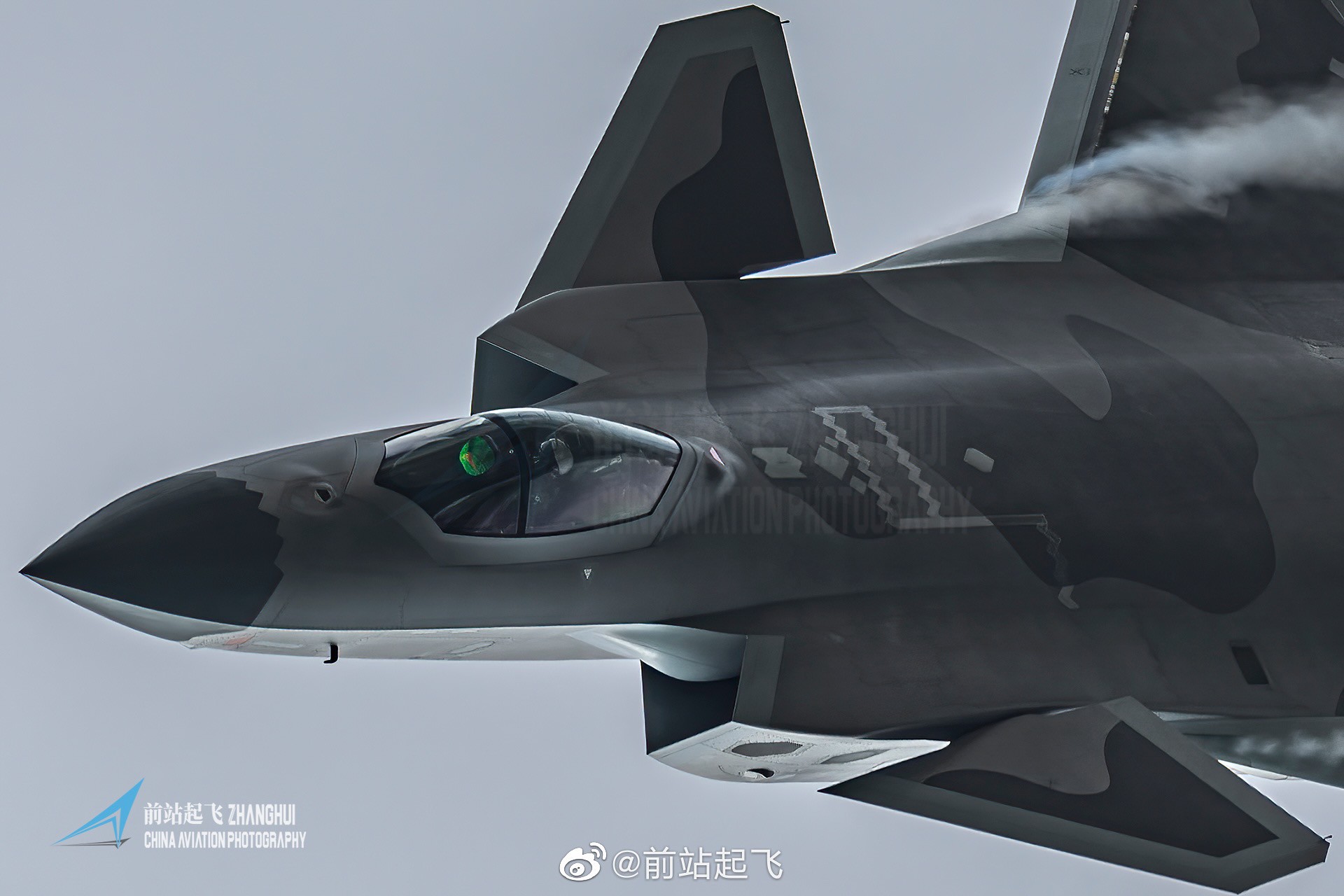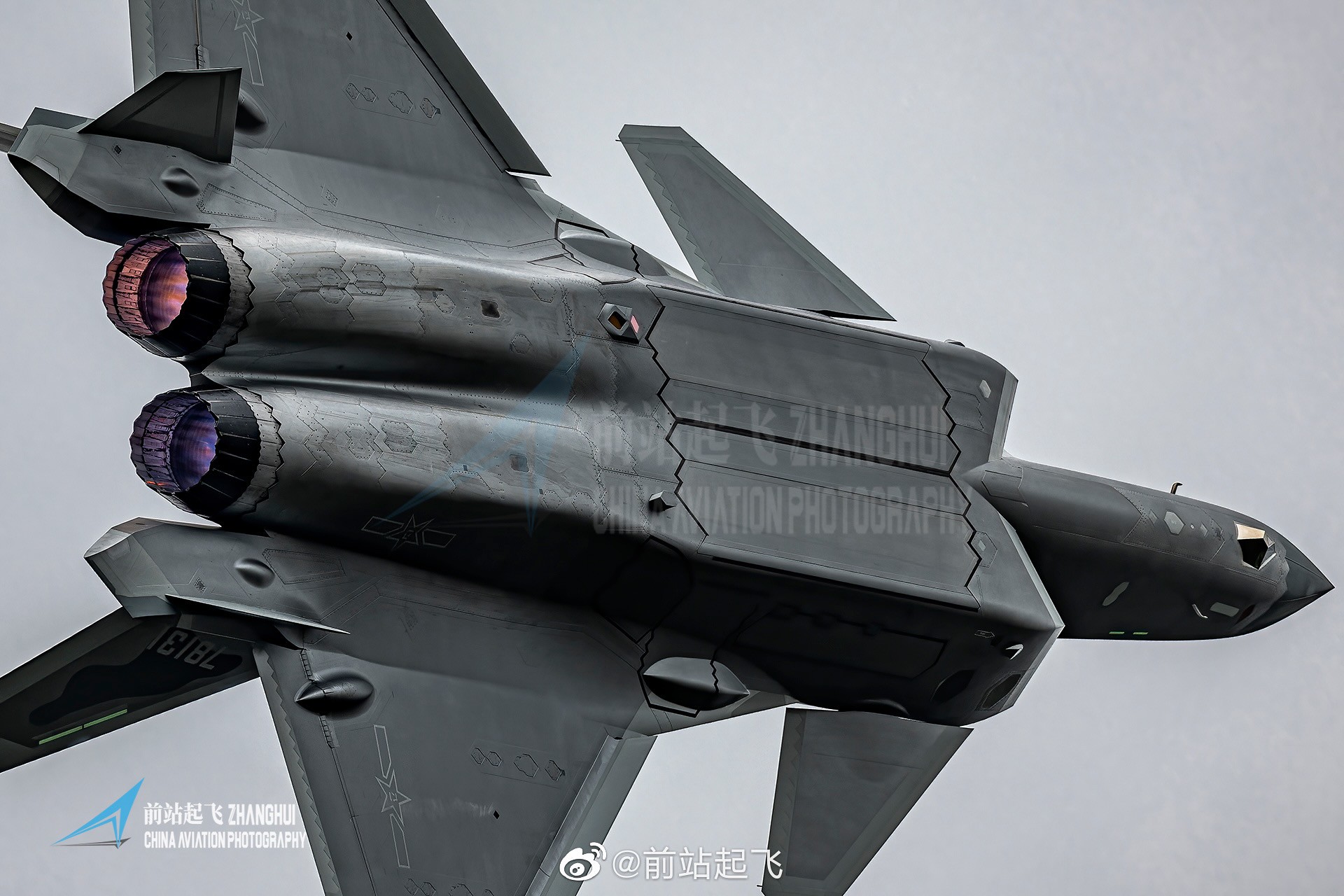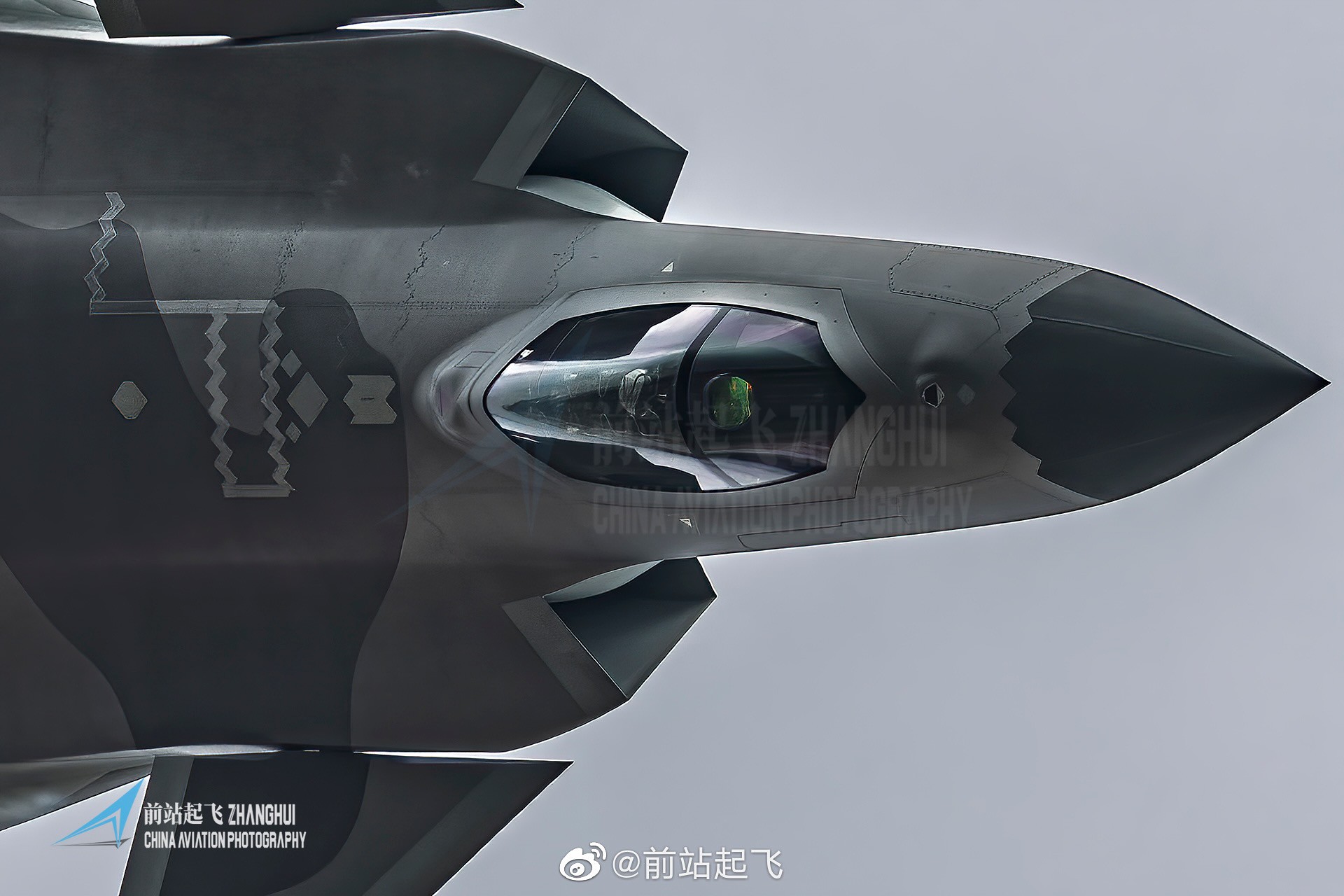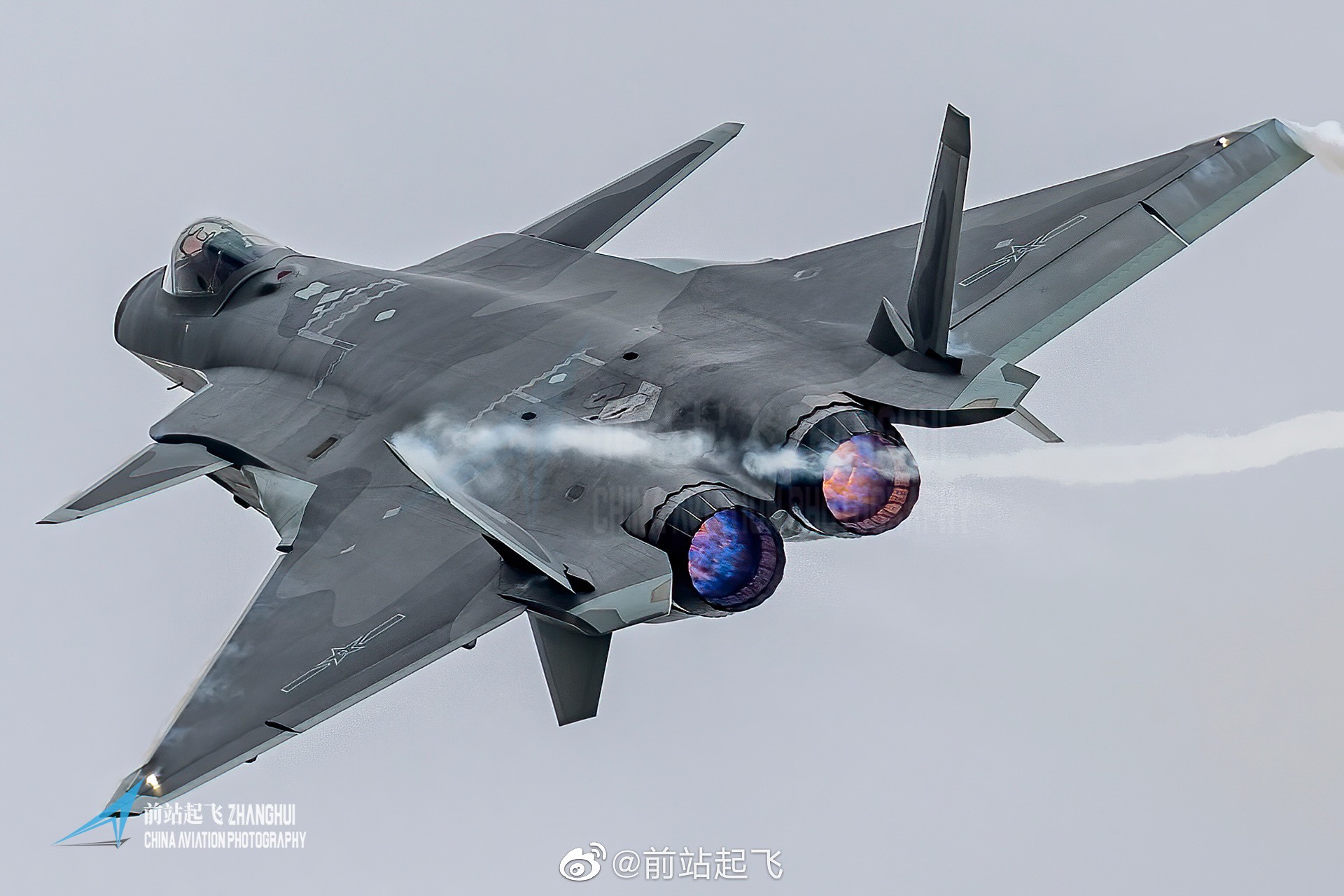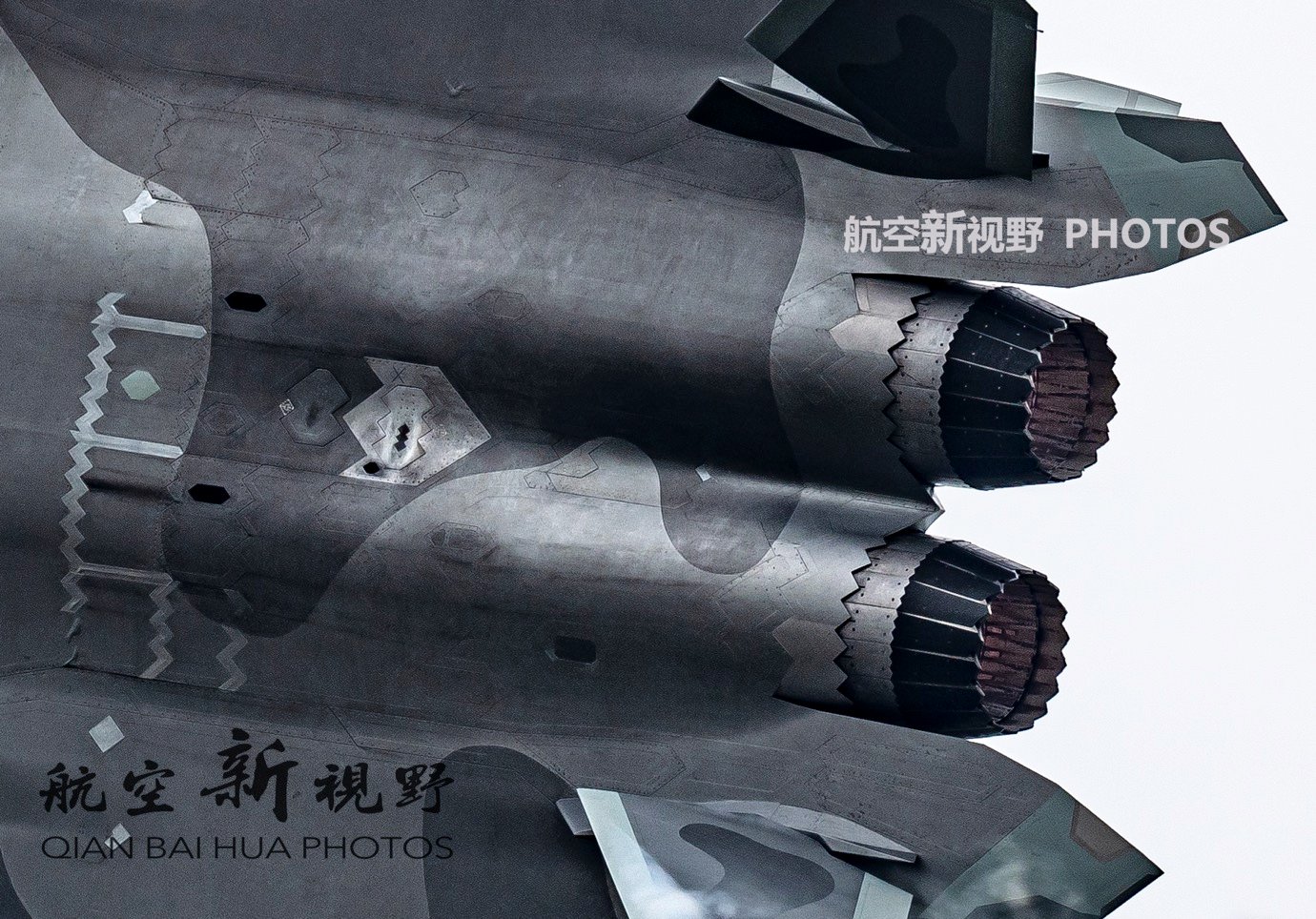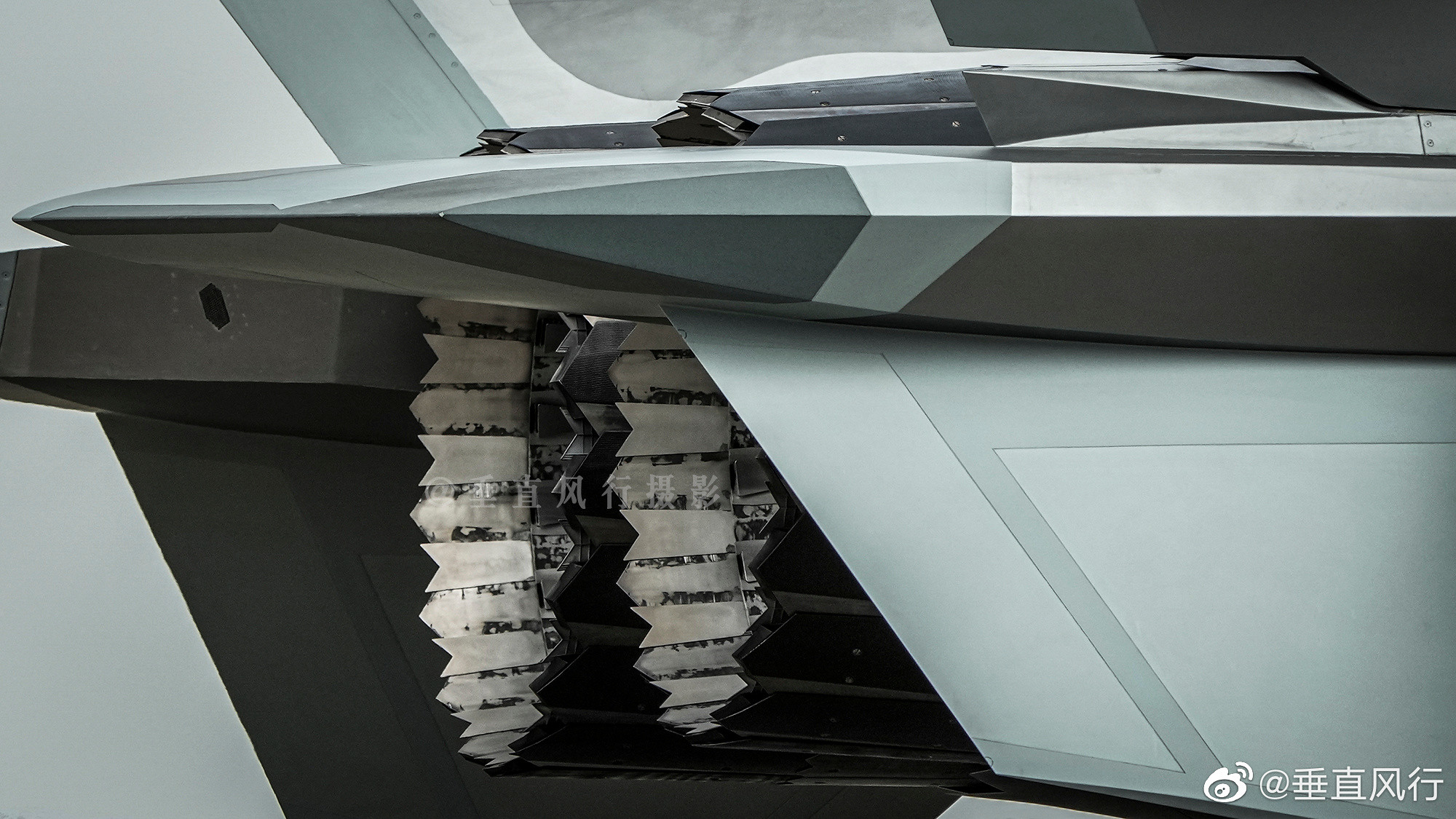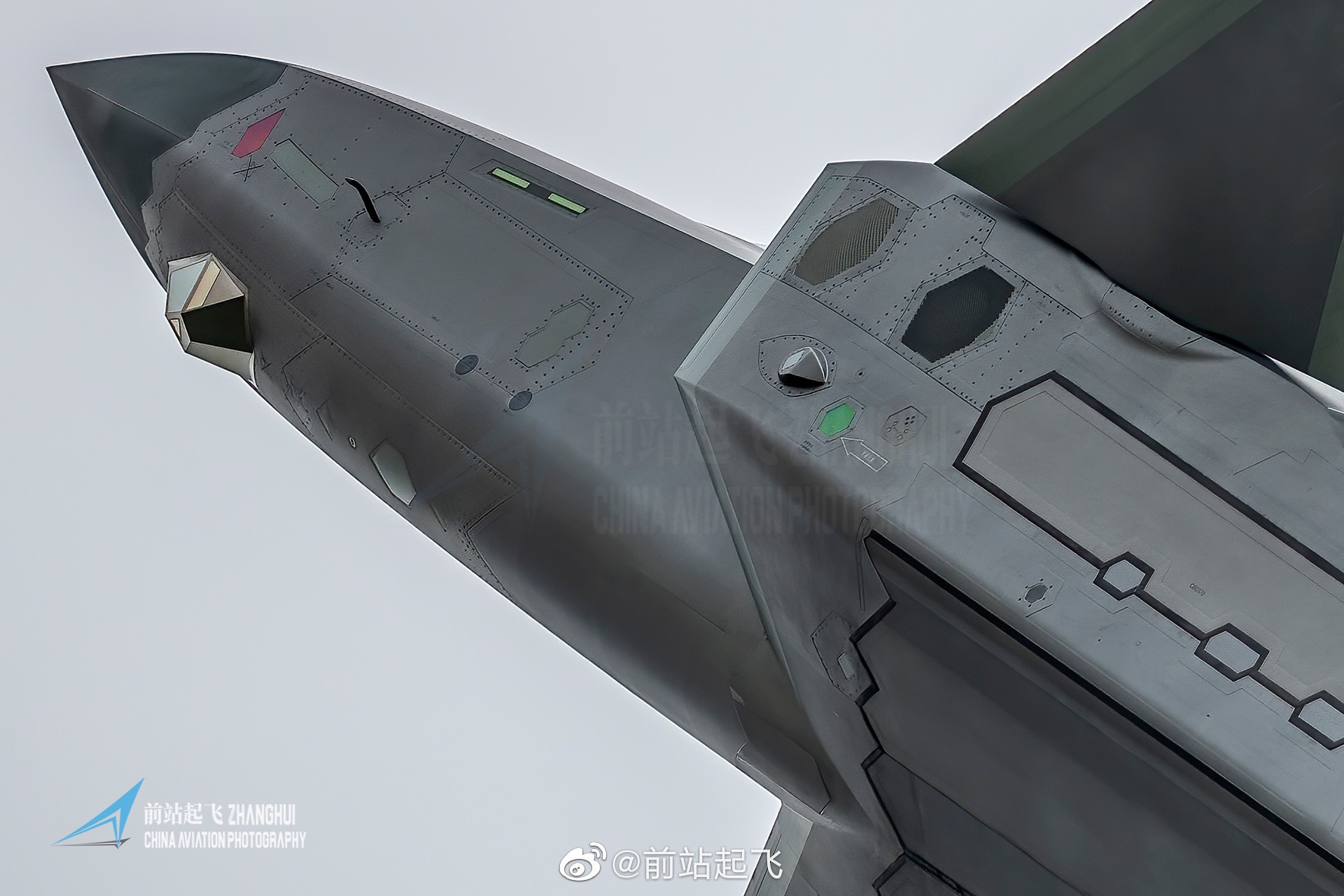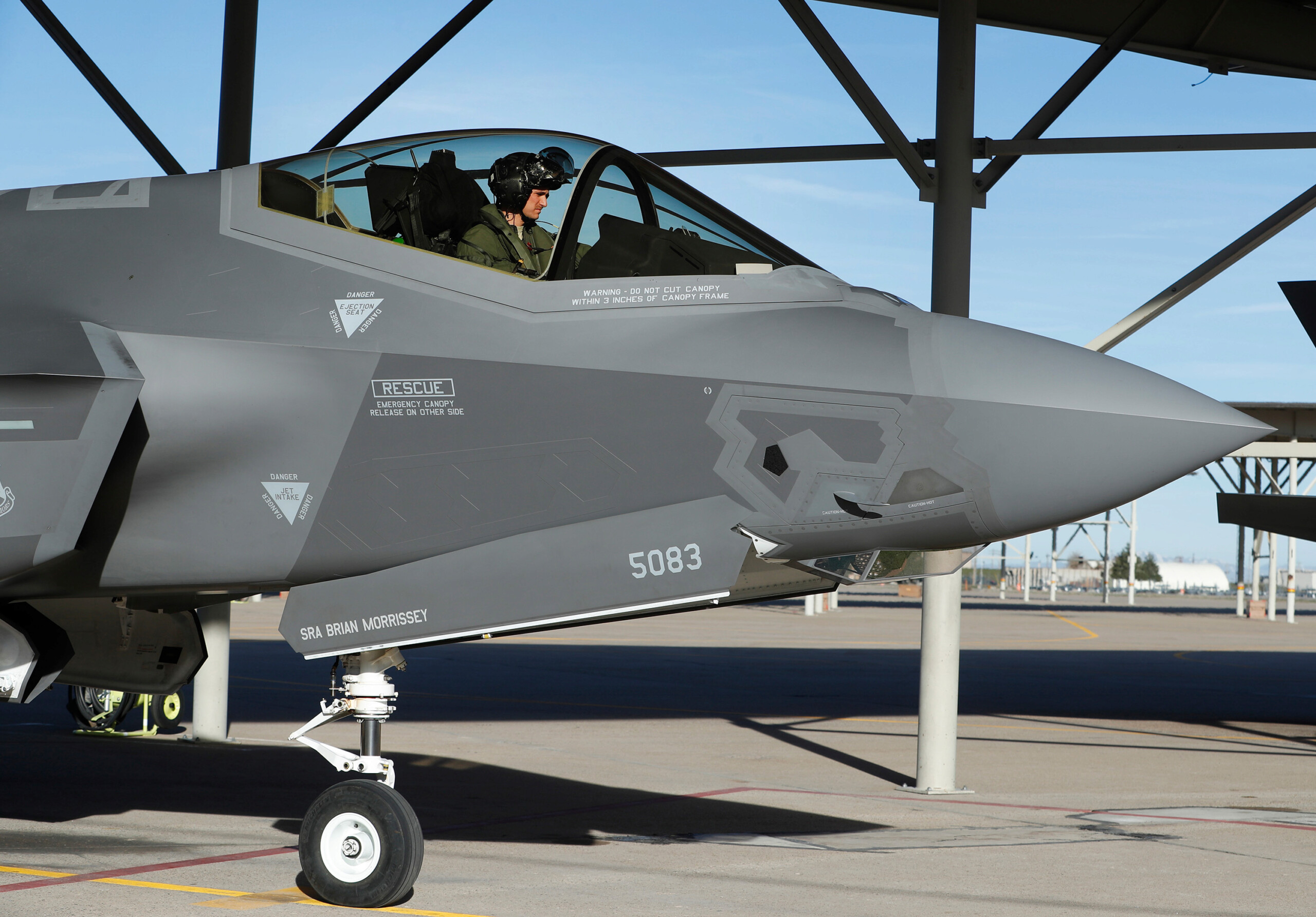+49
ALAMO
Podlodka77
lancelot
TMA1
bren_tann
Hole
Finty
JohninMK
Backman
walle83
Tsavo Lion
Cyberspec
Kimppis
MC-21
medo
kvs
OminousSpudd
PapaDragon
ATLASCUB
Isos
Hannibal Barca
miketheterrible
KiloGolf
max steel
berhoum
Tyloe
type055
Sujoy
Mike E
nemrod
magnumcromagnon
Zivo
TR1
KomissarBojanchev
Firebird
SOC
George1
GarryB
Chrisa
Pervius
IronsightSniper
Ogannisyan8887
Admin
lulldapull
nightcrawler
Russian Patriot
Corrosion
Viktor
Austin
53 posters
Chengdu J-20 Stealth Fighter

walle83- Posts : 973
Points : 983
Join date : 2016-11-13
Location : Sweden
- Post n°226
 Re: Chengdu J-20 Stealth Fighter
Re: Chengdu J-20 Stealth Fighter
zardof, lancelot and Belisarius like this post

Tsavo Lion- Posts : 5953
Points : 5907
Join date : 2016-08-15
Location : AZ, USA
- Post n°227
 Re: Chengdu J-20 Stealth Fighter
Re: Chengdu J-20 Stealth Fighter
They indeed got some help from Russia developing it: https://www.sandboxx.us/blog/why-russia-accused-chinas-j-20-of-stealing-its-stealth-fighter-design/
Last edited by Tsavo Lion on Sat Oct 15, 2022 4:05 am; edited 1 time in total (Reason for editing : add link)

Podlodka77- Posts : 2589
Points : 2591
Join date : 2022-01-06
Location : Z
- Post n°228
 Re: Chengdu J-20 Stealth Fighter
Re: Chengdu J-20 Stealth Fighter
Militarywatch magazine
China’s J-20 is Now the World’s Only Supercruising Stealth Fighter in Production: Which Others Could Follow ?
My personal observation, which has nothing to do with further text, is that Militarywatch magazine probably views the Su-57 as a low-volume production aircraft.
Since the 1980s as the world’s first fifth generation fighter programs began to materialise in the United States and the Soviet Union, the ability to fly supersonically for sustained periods without using engine afterburners was seen as a defining capability for the new generation of aircraft - a capability known as supercruise. The benefits of sustained supersonic flight were first demonstrated by the Soviet MiG-31 Foxhound interceptor, the fastest aircraft of its generation, which although using afterburners could still fly at speeds approaching Mach 2 far longer than any other tactical aircraft ever had. A pioneer of supercruise capabilities was the F-22 Raptor which joined the U.S. Air Force in 2005, and although reliant on engines with similar thrust to those of the MiG-31 had a much more impressive flight performance due to the much lower weight of the aircraft itself and resulting higher thrust/weight ratio. Wide ranging issues with the F-22 particularly pertaining to its extreme maintenance needs and poor availability rates, resulted orders to terminate production being given less than four years after the fighter entered service, with the aircraft scheduled to begin retirement in 2023 as airframes are placed in storage after completing just a small fraction of their service lives.
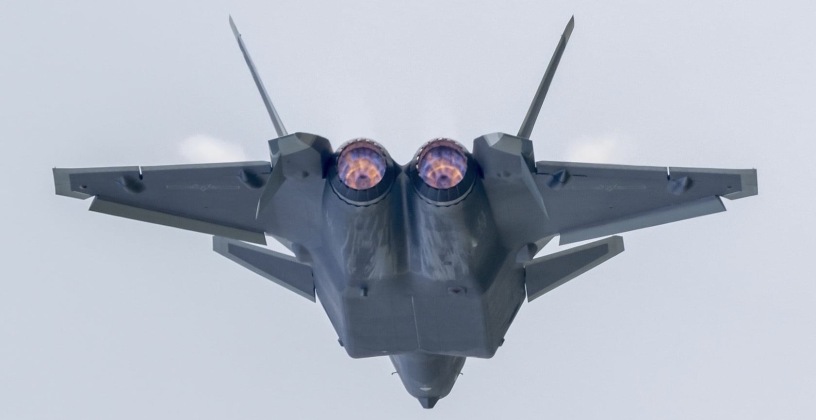
J-20A with WS-10C Engines
The F-22 program’s early end left an opening for its Chinese counterpart, the J-20 Mighty Dragon, to become the only production stealth fighter in the world capable of supercruise. Although initially relying on stopgap Russian engines, J-20s produced from mid-2019 began to use indigenous WS-10C engines which allowed it to fly supersonically for sustained periods without afterburners. The only other fifth generation fighters produced since the F-22, namely the American F-35 and Russian Su-57, both lack a supercruise capability. The F-35 was designed as a lighter and cheaper counterpart to the F-22, with its use of a single engine and lower thrust/weight ratio making it one of the slowest fighters in the world and meaning it is not even close to a supercruise capability. The Su-57 meanwhile, which has been produced in very small numbers leaving only six operational in the Russian Air Force, has yet to move past its stopgap AL-41 engine and integrate the new Saturn 30 that will allow it to supercruise.

F-35 with F135 Engine
The J-20’s flight performance is expected to be improved significantly as it moves onto its third engine for serial production airframes, the WS-15, which is expected to be the most powerful ever integrated onto a twin engine fighter and allow it to supercruise at far higher speeds. The engine will reportedly increase the fighter’s already high manoeuvrability, allow it to operate at higher altitudes, significantly increase its range, reduce the time needed between overhauls, and reduce maintenance needs. The first J-20 was seen flying with the WS-15 in January 2022 for testing purposes. Following the J-20, a number of other stealth fighter designs are also expected to benefit from supercruise. The FC-31 which is expected to serve as the prime carrier based fighter for China’s navy, as well as a major export fighter, is also expected to be able to supercruise and represents a medium weight design between the J-20 and F-35 in size. Russia’s own lightweight fifth generation fighter the Checkmate, which is expected to make its first flight around 2026, is also expected to be supercruise capable.

FC-31 Prototype
The Su-57, meanwhile, will according to some reports be able to supercruise at Mach 2 when the Saturn 30 becomes operational around 2025. South Korea’s own fifth generation fighter, the KF-21 is not expected to be supercruise capable due to its reliance on American F414 engines, which even among fourth generation designs are modest in how much thrust they can put out for the medium weight aircraft. Chinese and American sixth generation fighters which are expected to enter service around 2030 are also expected to be supercruise capable. The J-20 may thus retain its unique position as the only supercruising stealth fighter in production until around 2025, when the Su-57’s new engine becomes operational and the FC-31 enters service. This capability will become more widespread around 2030 as the Checkmate and various sixth generation fighters enter service.
https://militarywatchmagazine.com/article/j20-only-supercruising-stealth-follow
China’s J-20 is Now the World’s Only Supercruising Stealth Fighter in Production: Which Others Could Follow ?
My personal observation, which has nothing to do with further text, is that Militarywatch magazine probably views the Su-57 as a low-volume production aircraft.
Since the 1980s as the world’s first fifth generation fighter programs began to materialise in the United States and the Soviet Union, the ability to fly supersonically for sustained periods without using engine afterburners was seen as a defining capability for the new generation of aircraft - a capability known as supercruise. The benefits of sustained supersonic flight were first demonstrated by the Soviet MiG-31 Foxhound interceptor, the fastest aircraft of its generation, which although using afterburners could still fly at speeds approaching Mach 2 far longer than any other tactical aircraft ever had. A pioneer of supercruise capabilities was the F-22 Raptor which joined the U.S. Air Force in 2005, and although reliant on engines with similar thrust to those of the MiG-31 had a much more impressive flight performance due to the much lower weight of the aircraft itself and resulting higher thrust/weight ratio. Wide ranging issues with the F-22 particularly pertaining to its extreme maintenance needs and poor availability rates, resulted orders to terminate production being given less than four years after the fighter entered service, with the aircraft scheduled to begin retirement in 2023 as airframes are placed in storage after completing just a small fraction of their service lives.

J-20A with WS-10C Engines
The F-22 program’s early end left an opening for its Chinese counterpart, the J-20 Mighty Dragon, to become the only production stealth fighter in the world capable of supercruise. Although initially relying on stopgap Russian engines, J-20s produced from mid-2019 began to use indigenous WS-10C engines which allowed it to fly supersonically for sustained periods without afterburners. The only other fifth generation fighters produced since the F-22, namely the American F-35 and Russian Su-57, both lack a supercruise capability. The F-35 was designed as a lighter and cheaper counterpart to the F-22, with its use of a single engine and lower thrust/weight ratio making it one of the slowest fighters in the world and meaning it is not even close to a supercruise capability. The Su-57 meanwhile, which has been produced in very small numbers leaving only six operational in the Russian Air Force, has yet to move past its stopgap AL-41 engine and integrate the new Saturn 30 that will allow it to supercruise.

F-35 with F135 Engine
The J-20’s flight performance is expected to be improved significantly as it moves onto its third engine for serial production airframes, the WS-15, which is expected to be the most powerful ever integrated onto a twin engine fighter and allow it to supercruise at far higher speeds. The engine will reportedly increase the fighter’s already high manoeuvrability, allow it to operate at higher altitudes, significantly increase its range, reduce the time needed between overhauls, and reduce maintenance needs. The first J-20 was seen flying with the WS-15 in January 2022 for testing purposes. Following the J-20, a number of other stealth fighter designs are also expected to benefit from supercruise. The FC-31 which is expected to serve as the prime carrier based fighter for China’s navy, as well as a major export fighter, is also expected to be able to supercruise and represents a medium weight design between the J-20 and F-35 in size. Russia’s own lightweight fifth generation fighter the Checkmate, which is expected to make its first flight around 2026, is also expected to be supercruise capable.

FC-31 Prototype
The Su-57, meanwhile, will according to some reports be able to supercruise at Mach 2 when the Saturn 30 becomes operational around 2025. South Korea’s own fifth generation fighter, the KF-21 is not expected to be supercruise capable due to its reliance on American F414 engines, which even among fourth generation designs are modest in how much thrust they can put out for the medium weight aircraft. Chinese and American sixth generation fighters which are expected to enter service around 2030 are also expected to be supercruise capable. The J-20 may thus retain its unique position as the only supercruising stealth fighter in production until around 2025, when the Su-57’s new engine becomes operational and the FC-31 enters service. This capability will become more widespread around 2030 as the Checkmate and various sixth generation fighters enter service.
https://militarywatchmagazine.com/article/j20-only-supercruising-stealth-follow

George1- Posts : 18400
Points : 18897
Join date : 2011-12-22
Location : Greece
- Post n°229
 Re: Chengdu J-20 Stealth Fighter
Re: Chengdu J-20 Stealth Fighter
Discussion regarding quality of chinese military equipment continuing here: https://www.russiadefence.net/t6821p75-chinese-weapons-mic-issues
GarryB and Podlodka77 like this post

Podlodka77- Posts : 2589
Points : 2591
Join date : 2022-01-06
Location : Z
- Post n°230
 Re: Chengdu J-20 Stealth Fighter
Re: Chengdu J-20 Stealth Fighter
I can't transfer this to the Y-20 section, I don't know why it says it's locked, so let George transfer it when he has time...
Zhuhai Air Show Reveals China’s Fleet of J-20 Fifth Generation Fighters is Significantly Larger Than Thought
Six years after the first public appearance of J-20 fighter jets from the Chinese People’s Liberation Army (PLA) Air Force, when a pair conducted a brief flypast at the opening ceremony of the 2016 Zhuhai Air Show, the aircraft’s presence at Zhuhai 2022 has given further insight into the secretive but very high profile weapons program. Since the first J-20s were delivered to the PLA in mid 2016, speculation has continued to grow regarding how large the fleet is with estimates varying increasingly widely. Estimates by U.S. analysts in April 2022 placed the fleet size at around 200, while more conservative assessments from elsewhere in the Western world indicated that only around 140 were in service shortly before the opening of Zhuhai 2022. Prior U.S assessments in late 2021 estimated a fleet size of over 150 fighters.
At Zhuhai 2022 J-20s with construction numbers CB0370 and CB0369 were seen publicly for the first time, indicating that the second batch of J-20 fighters includes at least 70 aircraft - many more than previously thought. With aircraft from the fourth batch having already been seen earlier in the year, this has raised the bottom figures for the most conservative estimates of J-20 numbers much closer to the 200 figure, with the possibility of under 180 of the fighters being operational today being unlikely.
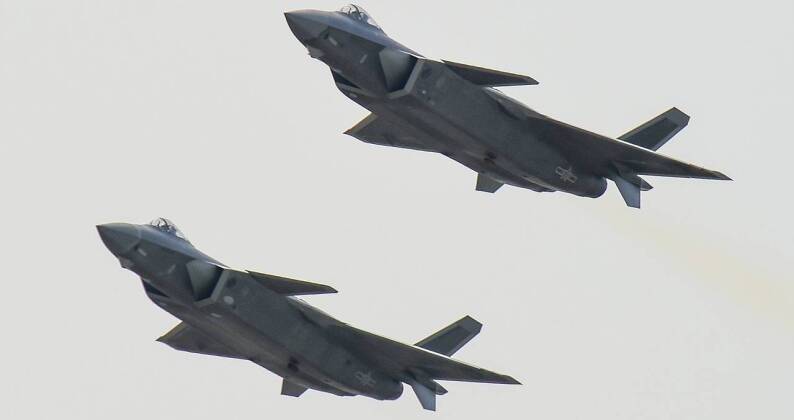
Significant investments have been made in expanding J-20 production, and despite the announcement in December 2021 of full scale mass production being achieved further very significant growth in manufacturing facilities is expected. Satellite images of expanding associated factories at Chengdu provide one notable indicator of this. The J-20 is one of just two fighters in the world of its generation both in production and fielded at squadron level strength, alongside the American F-35, with the two having first encountered one another relatively recently over the East China Sea as confirmed in March 2022. Although China spends more on defence acquisitions than the United States, the F-35 fleet is expected to continue to significantly outnumber the J-20 fleet for a number fo reasons - primarily because it is a much lighter single engine aircraft with lower operational costs while the J-20 is a twin engine heavyweight optimised for high end air superiority missions. The F-35, like its predecessor the F-16, was designed to be relatively inexpensive and be produced on a massive scale, while the J-20 in terms of role and configuration is more similar to America's higher end F-15 and F-22. Some of the most significant advantages for the heavier classes such as the J-20 include much greater manoeuvrability, weapons payloads and speeds, larger radars, and higher altitude ceilings.
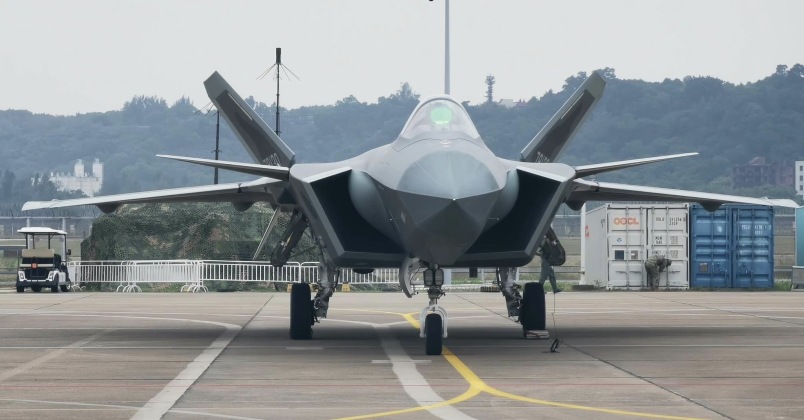
A J-20 fleet eventually reaching over 700 aircraft remains highly plausible, particularly following the lates revelations regarding the scale of production of China’s most advanced pre fifth generation heavyweight fighter the J-16 of which around 300 have entered service since 2014-2015. The J-20 is estimated to be in production at a rate of well over 30 pear year, which if further expanded as more new variants are developed could provide a means to quickly bring more brigades to a fifth generation level. Three J-20 variants have been confirmed including the standard J-20, the J-20A with an improved engine and revised stealthier airframe design, and a twin seat variant of the latter the J-20AS. China and the United States are also competing neck to neck to field the world’s first sixth generation fighter, the first of which are expected to enter service around 2030. New unmanned stealth aircraft seen at Zhuhai 2022 are expected to serve as supporting 'wingmen' to both the J-20 and its upcoming sixth generation successor.
https://militarywatchmagazine.com/article/zhuhai-j20-more-estimate-fleet-size
Zhuhai Air Show Reveals China’s Fleet of J-20 Fifth Generation Fighters is Significantly Larger Than Thought
Six years after the first public appearance of J-20 fighter jets from the Chinese People’s Liberation Army (PLA) Air Force, when a pair conducted a brief flypast at the opening ceremony of the 2016 Zhuhai Air Show, the aircraft’s presence at Zhuhai 2022 has given further insight into the secretive but very high profile weapons program. Since the first J-20s were delivered to the PLA in mid 2016, speculation has continued to grow regarding how large the fleet is with estimates varying increasingly widely. Estimates by U.S. analysts in April 2022 placed the fleet size at around 200, while more conservative assessments from elsewhere in the Western world indicated that only around 140 were in service shortly before the opening of Zhuhai 2022. Prior U.S assessments in late 2021 estimated a fleet size of over 150 fighters.
At Zhuhai 2022 J-20s with construction numbers CB0370 and CB0369 were seen publicly for the first time, indicating that the second batch of J-20 fighters includes at least 70 aircraft - many more than previously thought. With aircraft from the fourth batch having already been seen earlier in the year, this has raised the bottom figures for the most conservative estimates of J-20 numbers much closer to the 200 figure, with the possibility of under 180 of the fighters being operational today being unlikely.

Significant investments have been made in expanding J-20 production, and despite the announcement in December 2021 of full scale mass production being achieved further very significant growth in manufacturing facilities is expected. Satellite images of expanding associated factories at Chengdu provide one notable indicator of this. The J-20 is one of just two fighters in the world of its generation both in production and fielded at squadron level strength, alongside the American F-35, with the two having first encountered one another relatively recently over the East China Sea as confirmed in March 2022. Although China spends more on defence acquisitions than the United States, the F-35 fleet is expected to continue to significantly outnumber the J-20 fleet for a number fo reasons - primarily because it is a much lighter single engine aircraft with lower operational costs while the J-20 is a twin engine heavyweight optimised for high end air superiority missions. The F-35, like its predecessor the F-16, was designed to be relatively inexpensive and be produced on a massive scale, while the J-20 in terms of role and configuration is more similar to America's higher end F-15 and F-22. Some of the most significant advantages for the heavier classes such as the J-20 include much greater manoeuvrability, weapons payloads and speeds, larger radars, and higher altitude ceilings.

A J-20 fleet eventually reaching over 700 aircraft remains highly plausible, particularly following the lates revelations regarding the scale of production of China’s most advanced pre fifth generation heavyweight fighter the J-16 of which around 300 have entered service since 2014-2015. The J-20 is estimated to be in production at a rate of well over 30 pear year, which if further expanded as more new variants are developed could provide a means to quickly bring more brigades to a fifth generation level. Three J-20 variants have been confirmed including the standard J-20, the J-20A with an improved engine and revised stealthier airframe design, and a twin seat variant of the latter the J-20AS. China and the United States are also competing neck to neck to field the world’s first sixth generation fighter, the first of which are expected to enter service around 2030. New unmanned stealth aircraft seen at Zhuhai 2022 are expected to serve as supporting 'wingmen' to both the J-20 and its upcoming sixth generation successor.
https://militarywatchmagazine.com/article/zhuhai-j20-more-estimate-fleet-size
GarryB likes this post

lancelot- Posts : 2872
Points : 2870
Join date : 2020-10-18
- Post n°231
 temp j-20 thread
temp j-20 thread
Not only is Chengdu Aerospace Corporation vastly expanding their production facilities for the J-20, they also moved the J-10 production line out of Chengdu into Guizhou, so those facilities and staff will also get switched over to J-20 production. They will likely build enough of these aircraft to totally replace the Su-27 derived aircraft, including the J-11, so some 500-600 aircraft.

walle83- Posts : 973
Points : 983
Join date : 2016-11-13
Location : Sweden
- Post n°232
 Re: Chengdu J-20 Stealth Fighter
Re: Chengdu J-20 Stealth Fighter
zardof and Belisarius like this post

Isos- Posts : 11379
Points : 11347
Join date : 2015-11-06
- Post n°233
 Re: Chengdu J-20 Stealth Fighter
Re: Chengdu J-20 Stealth Fighter
And they dare to say su-57 has too many rivets  And those pitot tube on the front
And those pitot tube on the front 
Not a surprise indians tracked it easily with su-30.
 And those pitot tube on the front
And those pitot tube on the front 
Not a surprise indians tracked it easily with su-30.
Broski likes this post

walle83- Posts : 973
Points : 983
Join date : 2016-11-13
Location : Sweden
- Post n°234
 Re: Chengdu J-20 Stealth Fighter
Re: Chengdu J-20 Stealth Fighter

lancelot- Posts : 2872
Points : 2870
Join date : 2020-10-18
- Post n°235
 Re: Chengdu J-20 Stealth Fighter
Re: Chengdu J-20 Stealth Fighter
The F-35 is just covered with tape on the gaps. The machine tolerances look similar to me.

GarryB- Posts : 39672
Points : 40168
Join date : 2010-03-30
Location : New Zealand
- Post n°236
 Re: Chengdu J-20 Stealth Fighter
Re: Chengdu J-20 Stealth Fighter
A large portion of the 40 hours of maintenance for every flight hour involves the removable panels which have tape over them and RAM coatings.
To access an interior avionics bay you have to grind off the RAM and the tape to find the panel... unscrew the screws and remove the panel and check or fix or replace what needs attention and then replace the panel and tape up the joins and the screw heads and then coat it in RAM material which then needs several hours to cure at a very specific temperature and humidity before the aircraft can fly again...
To access an interior avionics bay you have to grind off the RAM and the tape to find the panel... unscrew the screws and remove the panel and check or fix or replace what needs attention and then replace the panel and tape up the joins and the screw heads and then coat it in RAM material which then needs several hours to cure at a very specific temperature and humidity before the aircraft can fly again...
lancelot and Belisarius like this post

Podlodka77- Posts : 2589
Points : 2591
Join date : 2022-01-06
Location : Z
- Post n°237
 Re: Chengdu J-20 Stealth Fighter
Re: Chengdu J-20 Stealth Fighter
Isos is absolute idiot - nowhere proven higher value complex will eat that man.
When a French idiot starts his wisecracks, there's nothing worse than that. And his stupidity from the Rafale, through the Su-30/34/35 and all the way to the J-20 does not stop.
There is no need for me to write that China is the country that produces more fighter jets in one year than crappy France has in total.
Glorifying the Rafale or the fourth generation eastern/western jets over the J-20 is like glorifying the Roman catapult over the howitzer.
Writing about the J-20 and Su-30MKI has no value and is not proven anywhere, but the first-class French retard continues to present his "evidence" about how much he has been hit in the head by Western propaganda. Yes, we ALL see VERY well what China produces and what the Indian military industrial complex produces
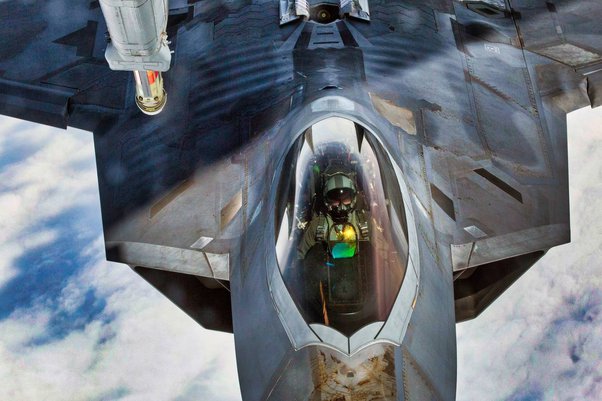
Produced by WESTERN CIVILIZATION..
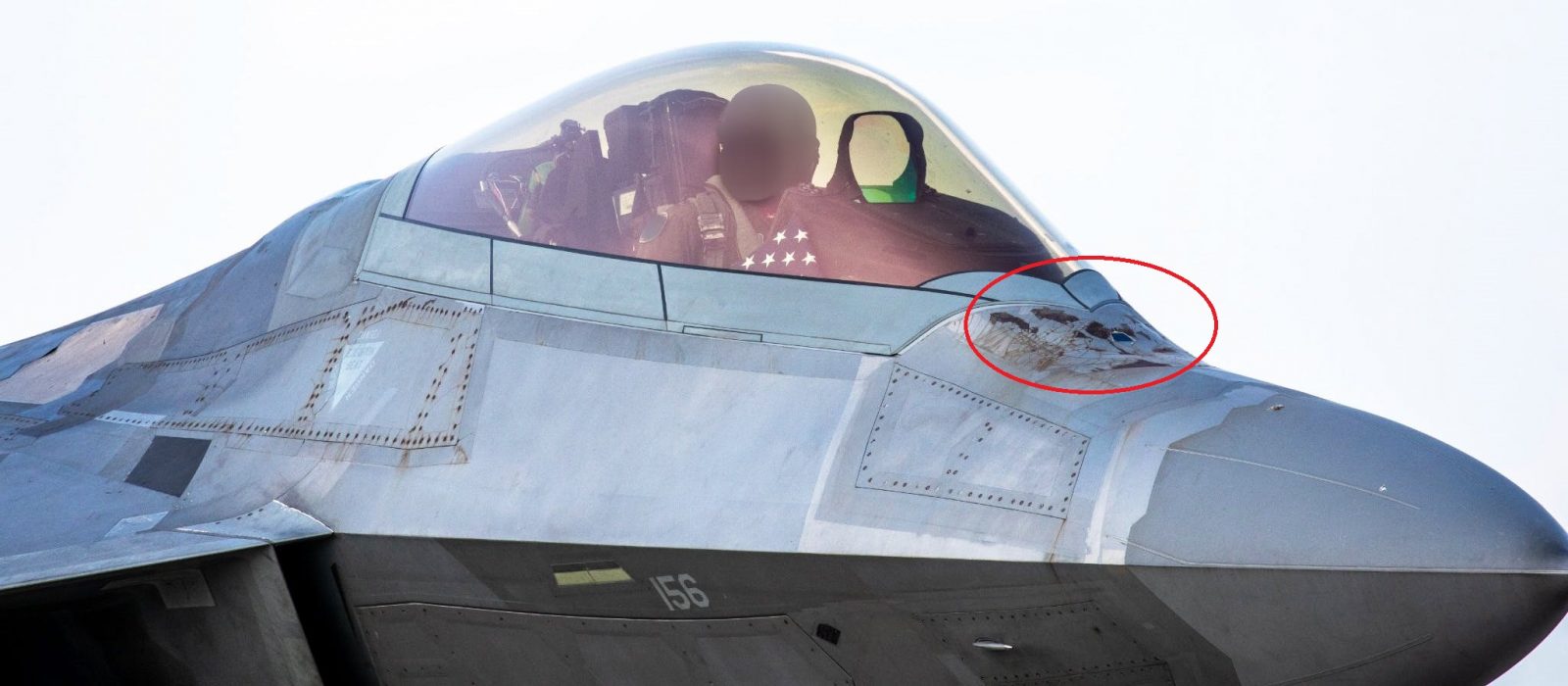
Produced by WESTERN CIVILIZATION..
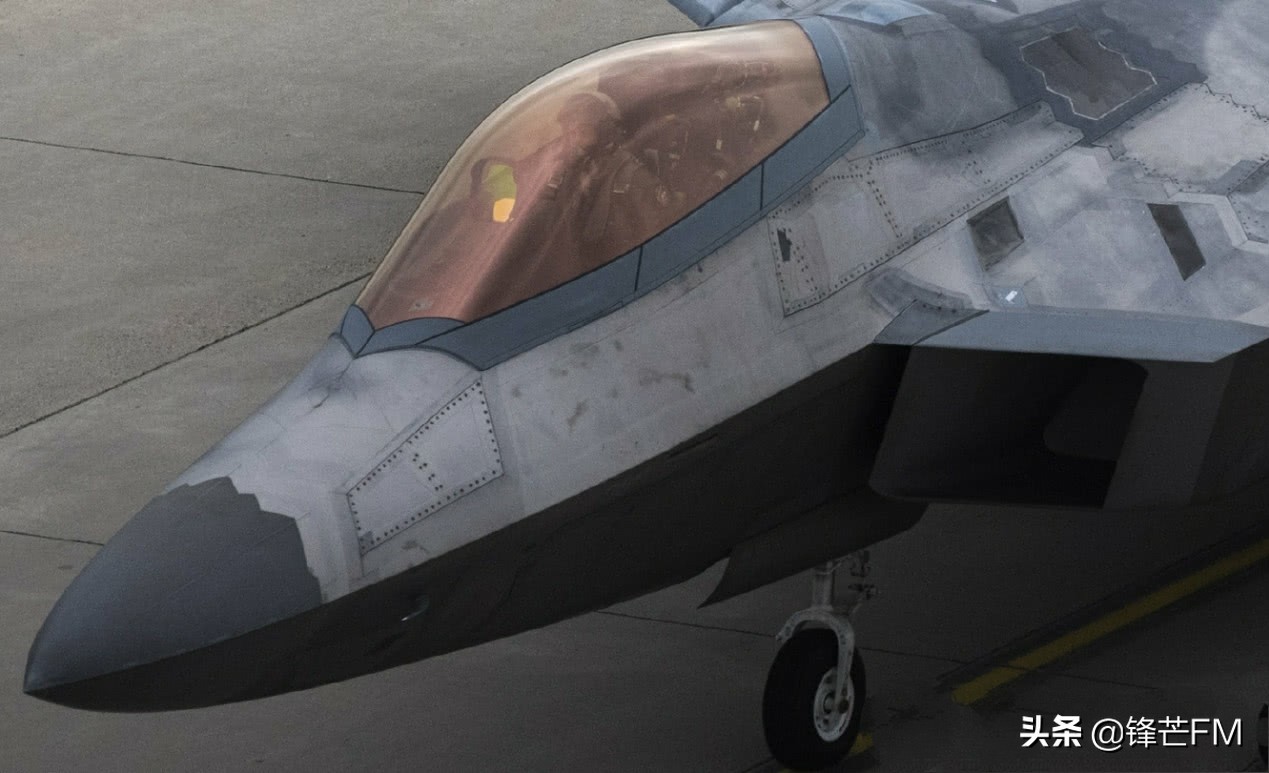
Produced by WESTERN CIVILIZATION..
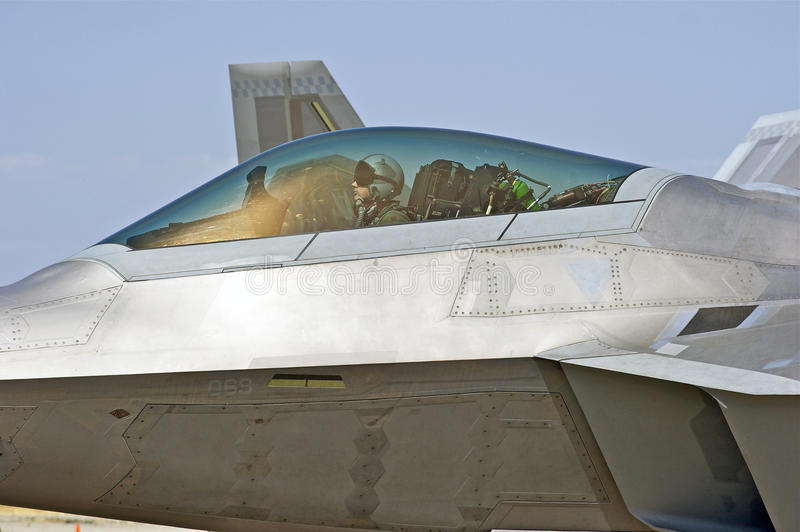
Produced by WESTERN CIVILIZATION..
When a French idiot starts his wisecracks, there's nothing worse than that. And his stupidity from the Rafale, through the Su-30/34/35 and all the way to the J-20 does not stop.
There is no need for me to write that China is the country that produces more fighter jets in one year than crappy France has in total.
Glorifying the Rafale or the fourth generation eastern/western jets over the J-20 is like glorifying the Roman catapult over the howitzer.
Writing about the J-20 and Su-30MKI has no value and is not proven anywhere, but the first-class French retard continues to present his "evidence" about how much he has been hit in the head by Western propaganda. Yes, we ALL see VERY well what China produces and what the Indian military industrial complex produces

Produced by WESTERN CIVILIZATION..

Produced by WESTERN CIVILIZATION..

Produced by WESTERN CIVILIZATION..

Produced by WESTERN CIVILIZATION..
ALAMO, Hole, lancelot, Broski and Belisarius like this post

ALAMO- Posts : 7075
Points : 7165
Join date : 2014-11-25
- Post n°238
 Re: Chengdu J-20 Stealth Fighter
Re: Chengdu J-20 Stealth Fighter
People who don't understand the position of China now are relics.
Unable to observe and deduct the surrounding.
There is no need to be rude to them, it is a medical issue, you know
Superb Pentium 90 driven platform you are saying?
Remember that! My first PC used them, back in 1995

That must be a superb platform for playing Wolfenstein in medium res!

Only wonder how it will look like on this tiny HUD they have out there
Gee, I feel deeply touched inside, those three decades passed just like an eyeblink


Unable to observe and deduct the surrounding.
There is no need to be rude to them, it is a medical issue, you know
Superb Pentium 90 driven platform you are saying?
Remember that! My first PC used them, back in 1995
That must be a superb platform for playing Wolfenstein in medium res!
Only wonder how it will look like on this tiny HUD they have out there
Gee, I feel deeply touched inside, those three decades passed just like an eyeblink
Podlodka77 likes this post

Isos- Posts : 11379
Points : 11347
Join date : 2015-11-06
- Post n°239
 Re: Chengdu J-20 Stealth Fighter
Re: Chengdu J-20 Stealth Fighter
Produced by western civilization 20 years ago. China still doesn't have something as good. Specially for the engine which is a beast.
China bought su-35 to still its engine tech.
US invented the engine from scratch.
That's the difference. US invent stuff, China copies them. You can guess who's the leader.
China bought su-35 to still its engine tech.
US invented the engine from scratch.
That's the difference. US invent stuff, China copies them. You can guess who's the leader.

lancelot- Posts : 2872
Points : 2870
Join date : 2020-10-18
- Post n°240
 Re: Chengdu J-20 Stealth Fighter
Re: Chengdu J-20 Stealth Fighter
The US had crap piston engines and jet engines in WW2. Only decent engines they had were radials. They had to license produce the Merlin engine. And they got the British patents on jet engines for free. With the British Empire basically bankrupt, and all their patents for free, then they improved quickly.
You probably have not realized it yet, but China is right now producing hundreds of jet engines every single year for the J-16 and J-20. In an amount that dwarfs F-35 engine production. They made huge assembly line facilities with continuous production for these. Eventually they will get there. As is, their engines have right now roughly the same performance as the Su-35 or Super Hornet engine.
You probably have not realized it yet, but China is right now producing hundreds of jet engines every single year for the J-16 and J-20. In an amount that dwarfs F-35 engine production. They made huge assembly line facilities with continuous production for these. Eventually they will get there. As is, their engines have right now roughly the same performance as the Su-35 or Super Hornet engine.
Broski and Podlodka77 like this post

Isos- Posts : 11379
Points : 11347
Join date : 2015-11-06
- Post n°241
 Re: Chengdu J-20 Stealth Fighter
Re: Chengdu J-20 Stealth Fighter
They produce hundreds of soviet designed engines that they copied.
And they have nothung that comes close to su-35 engines. That's why they bought the su-35, to steal and copy its engine technology.
Producing plenty of them isn't gonna make them get new and better technology and vecome a leader. You need your design bureau to be self sufficient. Now they copy export versions if soviet and russian engines. They are still far behind the US or Russians.
And they have nothung that comes close to su-35 engines. That's why they bought the su-35, to steal and copy its engine technology.
Producing plenty of them isn't gonna make them get new and better technology and vecome a leader. You need your design bureau to be self sufficient. Now they copy export versions if soviet and russian engines. They are still far behind the US or Russians.

Tolstoy- Posts : 235
Points : 229
Join date : 2015-07-12
- Post n°242
 Re: Chengdu J-20 Stealth Fighter
Re: Chengdu J-20 Stealth Fighter
Chinese stealth fighters demonstrating air to air combat capabilities

Backman- Posts : 2651
Points : 2665
Join date : 2020-11-11
- Post n°243
 Re: Chengdu J-20 Stealth Fighter
Re: Chengdu J-20 Stealth Fighter
According to Western media and wiki there's hundreds of J-20's produced and in service. None powered by that Russian garbage.
The reality. Same as it always was (I like the J-20. I am just taking a shot at the west with their insanely generous coverage of this aircraft)
The reality. Same as it always was (I like the J-20. I am just taking a shot at the west with their insanely generous coverage of this aircraft)

lancelot- Posts : 2872
Points : 2870
Join date : 2020-10-18
- Post n°244
 Re: Chengdu J-20 Stealth Fighter
Re: Chengdu J-20 Stealth Fighter
The J-20 used the Russian AL-31FN engine. But the J-20A switched to a Chinese WS-10C engine. The supposed 5th generation engine WS-15 is still not in mass production or use.

GarryB- Posts : 39672
Points : 40168
Join date : 2010-03-30
Location : New Zealand
- Post n°245
 Re: Chengdu J-20 Stealth Fighter
Re: Chengdu J-20 Stealth Fighter
Western media are in denial, they have said for so long Russia is backward and useless and only copies western stuff, but their stuff is clearly not copied.... but obviously the west still needs a boogeyman so that is China... they have lots of money like the west so obviously they are a powerful military force like the west... it just makes sense...
Except the Russian military is designed to defend Russia and it seems to be capable of that, while western military is designed to sell weapons and steal resources from weak third world countries... which means you can make all sorts of performance claims and simply order your military to never use their products anywhere where they can be exposed as being useless... so no ground forces or helicopters or low flying aircraft in Kosovo for instance.
Chinese fighters might not be super planes that can beat any other aircraft in air combat, but for defending China and scaring away Taiwanese and Japanese aircraft they are probably much better than they need, and the best way to deal with US Navy fighters is to sink the carriers they operate from...
Except the Russian military is designed to defend Russia and it seems to be capable of that, while western military is designed to sell weapons and steal resources from weak third world countries... which means you can make all sorts of performance claims and simply order your military to never use their products anywhere where they can be exposed as being useless... so no ground forces or helicopters or low flying aircraft in Kosovo for instance.
Chinese fighters might not be super planes that can beat any other aircraft in air combat, but for defending China and scaring away Taiwanese and Japanese aircraft they are probably much better than they need, and the best way to deal with US Navy fighters is to sink the carriers they operate from...
gc3762 likes this post

TMA1- Posts : 1156
Points : 1154
Join date : 2020-11-30
- Post n°246
 Re: Chengdu J-20 Stealth Fighter
Re: Chengdu J-20 Stealth Fighter
That looks like the nozzle of the izd 30... I wonder if Russia and China have joined forces in its creation.

Podlodka77- Posts : 2589
Points : 2591
Join date : 2022-01-06
Location : Z
- Post n°247
 Re: Chengdu J-20 Stealth Fighter
Re: Chengdu J-20 Stealth Fighter
In March, the ninth brigade received J-20 aircraft (55th Air Brigade), while now the tenth brigade, named the 131st Air Brigade, received J-20 aircraft.
Military Watch Magazine Editorial Staff
June-5th-2023
Tenth Chinese Air Brigade Receives J-20 Next Generation Fighters: What a New Base Near Hainan Island Signifies
The Chinese People’s Liberation Army (PLA) Air Force 131st Air Brigade has reportedly begun to operate J-20A fighter aircraft, making it the third unit over the last 12 months to transition to the new fighter class after the 8th Air Brigade in Northeast China in August 2022, and the 55th Air Brigade in March 2023 based at a central point on the country’s east coast. The new unit is the tenth in the Air Force to receive the J-20, as China continues to rapidly expand its fifth generation fighter fleet which is by far the largest outside the United States. Over 200 J-20s are estimated to currently be in service, with production rates far exceeding that of any other twin engine fighter class in the world at over 40 airframes per year at a conservative estimate - and well over 50 according to many assessments. The J-20 is one of just two fighters of its generation in production and fielded at squadron level strength alongside the American F-35, with both seeing deployments to Northeast Asia expand rapidly and having seen their first encounter confirmed in March 2022 over the East China Sea. Unlike the F-35, which was developed under the Joint Strike Fighter program as a single engine relatively light and low cost aircraft primarily for air to ground missions, the J-20 is a twin engine heavyweight air superiority fighter optimised for air to air combat with a much higher endurance and which carries much larger sensors and more armaments.
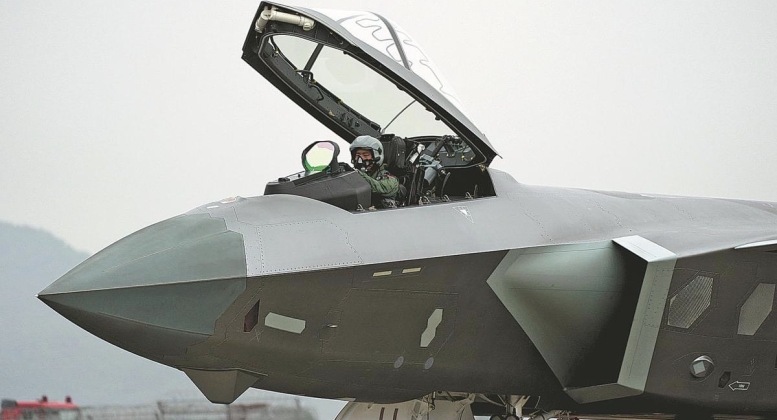
The 131st Air Brigade is expected to be one of the last units to receive newly produced J-20A fighters, with this class of aircraft having entered production in 2019 and begun deliveries to the Air Force two years later with multiple improvements including enhanced stealth capabilities and integration of indigenous WS-10C engines. The WS-10C allows fighters to fly supersonically without afterburners - or ‘supercruise’ - which is a key requirement for fifth generation fighters which the F-35 notably cannot achieve. New production models of the J-20, however, are expected to be integrating new WS-15 engines which were reported in April to have entered serial production and are likely to begin to enter service in early 2025. The WS-15 is expected to revolutionise the J-20’s capabilities, providing a much higher endurance, an improved flight performance in all areas, much lower maintenance needs and operational costs, and greater energy for new generations of sensors or directed energy weapons. Development of a new engine for the American F-35 is currently under serious consideration, both to partially bridge the massive discrepancy in manoeuvrability and endurance the fighter faces against the J-20, and because of serious performance issues with its current engine which has been a key cause of poor availability rates and lacks the cooling capacities needed to properly power the aircraft. Issues with the F-35’s engine have already cost the Pentagon approximately $38 billion.

J-20 Flight Testing WS-15 Engine
The location of the Air Force’s 131st Air Brigade near the southernmost point on the Chinese mainland is notably an optimal location not only for the defence of key southern cities such as Shanghai, Hangzhou, Guangzhou and Shenzhen, but also for defending key naval facilities located very nearby on Hainan Island. Most notable among these is Longpo Naval Base which serves as the leading hub of China’s nuclear submarine operations and has been very heavily fortified accordingly. The base is expected to be a leading target for Western forces in the event of a war in the Pacific, in particular for stealth bombers carrying penetrative gravity bombs such as the GBU-57 which is among the few weapons capable of penetrating through some of the better fortified parts of the base. Deploying a J-20 brigade nearby, which train intensely to tackle stealth targets and are by far the most dangerous aircraft the U.S. and its allies could face in terms of air superiority capabilities, thus provides an important degree of added protection. J-20s under the 131st Air Brigade notably replaced J-10C fighters which were based there since 2016, with the brigade having been among the very first to receive the new J-10 class and transitioning to them from the older J-10A. It represents the fourth unit to transition from the lightweight J-10 to the J-20, which is an aircraft over twice the size with a much larger logistical footprint, but also with a far greater combat potential despite the J-10C already being considered among the Air Force’s foremost fighters.
https://militarywatchmagazine.com/article/tenth-chinese-brigade-j20-base-hainan
Military Watch Magazine Editorial Staff
June-5th-2023
Tenth Chinese Air Brigade Receives J-20 Next Generation Fighters: What a New Base Near Hainan Island Signifies
The Chinese People’s Liberation Army (PLA) Air Force 131st Air Brigade has reportedly begun to operate J-20A fighter aircraft, making it the third unit over the last 12 months to transition to the new fighter class after the 8th Air Brigade in Northeast China in August 2022, and the 55th Air Brigade in March 2023 based at a central point on the country’s east coast. The new unit is the tenth in the Air Force to receive the J-20, as China continues to rapidly expand its fifth generation fighter fleet which is by far the largest outside the United States. Over 200 J-20s are estimated to currently be in service, with production rates far exceeding that of any other twin engine fighter class in the world at over 40 airframes per year at a conservative estimate - and well over 50 according to many assessments. The J-20 is one of just two fighters of its generation in production and fielded at squadron level strength alongside the American F-35, with both seeing deployments to Northeast Asia expand rapidly and having seen their first encounter confirmed in March 2022 over the East China Sea. Unlike the F-35, which was developed under the Joint Strike Fighter program as a single engine relatively light and low cost aircraft primarily for air to ground missions, the J-20 is a twin engine heavyweight air superiority fighter optimised for air to air combat with a much higher endurance and which carries much larger sensors and more armaments.

The 131st Air Brigade is expected to be one of the last units to receive newly produced J-20A fighters, with this class of aircraft having entered production in 2019 and begun deliveries to the Air Force two years later with multiple improvements including enhanced stealth capabilities and integration of indigenous WS-10C engines. The WS-10C allows fighters to fly supersonically without afterburners - or ‘supercruise’ - which is a key requirement for fifth generation fighters which the F-35 notably cannot achieve. New production models of the J-20, however, are expected to be integrating new WS-15 engines which were reported in April to have entered serial production and are likely to begin to enter service in early 2025. The WS-15 is expected to revolutionise the J-20’s capabilities, providing a much higher endurance, an improved flight performance in all areas, much lower maintenance needs and operational costs, and greater energy for new generations of sensors or directed energy weapons. Development of a new engine for the American F-35 is currently under serious consideration, both to partially bridge the massive discrepancy in manoeuvrability and endurance the fighter faces against the J-20, and because of serious performance issues with its current engine which has been a key cause of poor availability rates and lacks the cooling capacities needed to properly power the aircraft. Issues with the F-35’s engine have already cost the Pentagon approximately $38 billion.

J-20 Flight Testing WS-15 Engine
The location of the Air Force’s 131st Air Brigade near the southernmost point on the Chinese mainland is notably an optimal location not only for the defence of key southern cities such as Shanghai, Hangzhou, Guangzhou and Shenzhen, but also for defending key naval facilities located very nearby on Hainan Island. Most notable among these is Longpo Naval Base which serves as the leading hub of China’s nuclear submarine operations and has been very heavily fortified accordingly. The base is expected to be a leading target for Western forces in the event of a war in the Pacific, in particular for stealth bombers carrying penetrative gravity bombs such as the GBU-57 which is among the few weapons capable of penetrating through some of the better fortified parts of the base. Deploying a J-20 brigade nearby, which train intensely to tackle stealth targets and are by far the most dangerous aircraft the U.S. and its allies could face in terms of air superiority capabilities, thus provides an important degree of added protection. J-20s under the 131st Air Brigade notably replaced J-10C fighters which were based there since 2016, with the brigade having been among the very first to receive the new J-10 class and transitioning to them from the older J-10A. It represents the fourth unit to transition from the lightweight J-10 to the J-20, which is an aircraft over twice the size with a much larger logistical footprint, but also with a far greater combat potential despite the J-10C already being considered among the Air Force’s foremost fighters.
https://militarywatchmagazine.com/article/tenth-chinese-brigade-j20-base-hainan
lancelot likes this post

GarryB- Posts : 39672
Points : 40168
Join date : 2010-03-30
Location : New Zealand
- Post n°248
 Re: Chengdu J-20 Stealth Fighter
Re: Chengdu J-20 Stealth Fighter
Western based military watch magazine executing an excellent divide and conquer attack... ignore the Russia Bear in the room, talk up the Chinese dragon and the America Flower power child.
This way they pretend they are relevant because the only thing comparable to new Chinese stuff is the F-35... don't question that... it is just true... and don't mention the real threat to the F-35 which is the Su-57 and also even the Su-35 and Su-30, and soon to be joined by a light 5th gen fighter from Russia.
The point of the article is to get pro Russian fans to object and then for pro Chinese fans to defend their aircraft... only a fucking idiot would try to defend the F-35 so the result of the article is supposed to get Russian and Chinese fans arguing... which is how the US defeats most of the enemies it sees in its head...
This way they pretend they are relevant because the only thing comparable to new Chinese stuff is the F-35... don't question that... it is just true... and don't mention the real threat to the F-35 which is the Su-57 and also even the Su-35 and Su-30, and soon to be joined by a light 5th gen fighter from Russia.
The point of the article is to get pro Russian fans to object and then for pro Chinese fans to defend their aircraft... only a fucking idiot would try to defend the F-35 so the result of the article is supposed to get Russian and Chinese fans arguing... which is how the US defeats most of the enemies it sees in its head...

Podlodka77- Posts : 2589
Points : 2591
Join date : 2022-01-06
Location : Z
- Post n°249
 Re: Chengdu J-20 Stealth Fighter
Re: Chengdu J-20 Stealth Fighter
I don't see Militarywatch defending the F-35 in the text...
The text mentions that the 10th Brigade has started rearming on the J-20. An assumption for the annual production of the J-20 aircraft was added to the text.
The WC-10S engines, which are already being serially built, and the future WS-15 engines, for which JANE'S also reported in the arpil that their serial production has begun, are also mentioned.
I think that the F-35 aircraft is quite criticized in the text; maneuverability, endurance, performance issues with engines..
On the other hand, the Su-57 is still very few and as things stand, the Chinese will have WS-15 engines much sooner than the Russians "izdeliye-30" engines.
I also think that the J-20 is better than the Su-57 and especially the F-35, and what's worse is that the J-20 is rapidly improving faster than both planes.
I can never be impressed by an aircraft that has the horribly poor flight characteristics and that shitpile is F-35.
The text mentions that the 10th Brigade has started rearming on the J-20. An assumption for the annual production of the J-20 aircraft was added to the text.
The WC-10S engines, which are already being serially built, and the future WS-15 engines, for which JANE'S also reported in the arpil that their serial production has begun, are also mentioned.
I think that the F-35 aircraft is quite criticized in the text; maneuverability, endurance, performance issues with engines..
On the other hand, the Su-57 is still very few and as things stand, the Chinese will have WS-15 engines much sooner than the Russians "izdeliye-30" engines.
I also think that the J-20 is better than the Su-57 and especially the F-35, and what's worse is that the J-20 is rapidly improving faster than both planes.
I can never be impressed by an aircraft that has the horribly poor flight characteristics and that shitpile is F-35.

Belisarius- Posts : 796
Points : 796
Join date : 2022-01-04
- Post n°250
 Re: Chengdu J-20 Stealth Fighter
Re: Chengdu J-20 Stealth Fighter
Podlodka77 wrote:
I also think that the J-20 is better than the Su-57 and especially the F-35,
Of the 3, the Su-57 is the only one with multiple AESA radars and DIRCM, and by far the best flight performance even with temporary engines.
sepheronx, GarryB, Broski and Podlodka77 like this post
|
|
|


